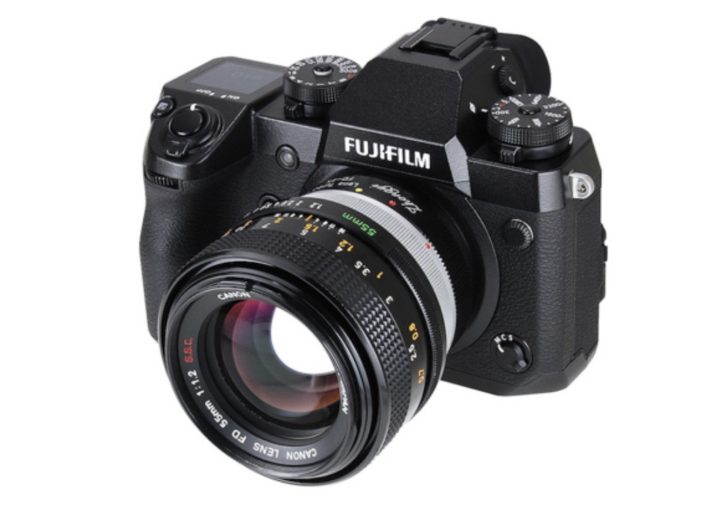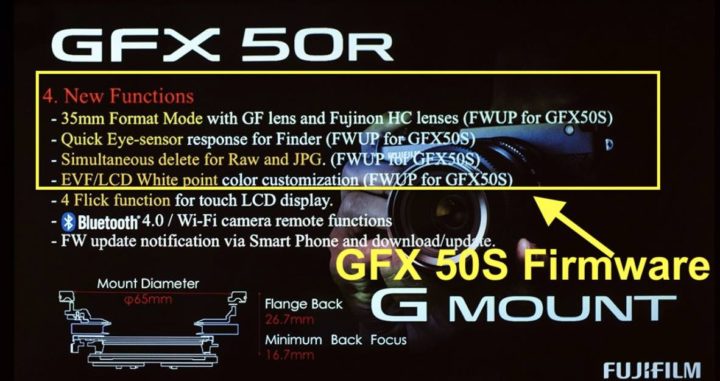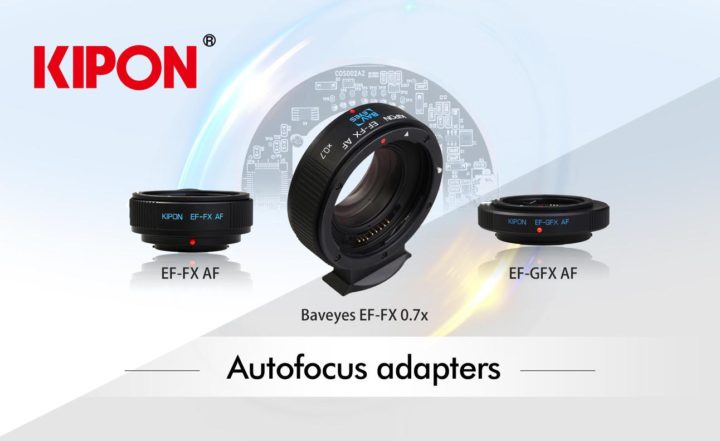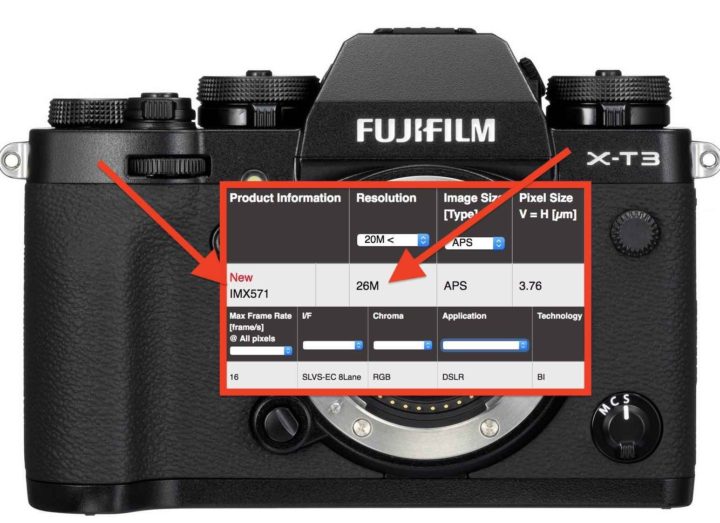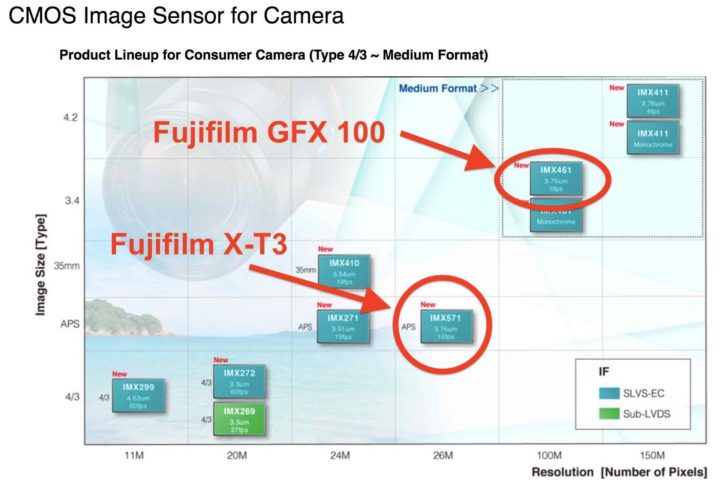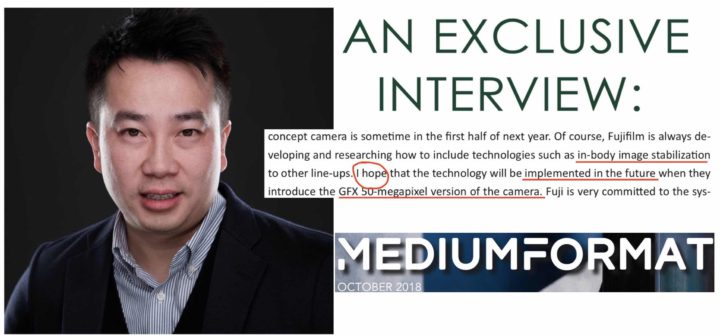ZHONGYI Mitakon Canon FD to Fuji X Lens Turbo II Announced
Mitakon Lens Turbo
ZHONGYI Optics just released the Mitakon MK II Canon FD to Fuji X focal reducer. You can find it at AmazonUS here.
“This product is the 2nd generation adapter for mounting Canon FD mount lens on FUJIFILM X cameras. It is equipped with 4 groups of 4 focal reducer lenses that reduces the focal length to 0.726 times in the adapter, even with cameras adopting the APS-C size image pickup device, it is possible to shoot with the original full frame angle of view of the lens.”
via dc.watch

